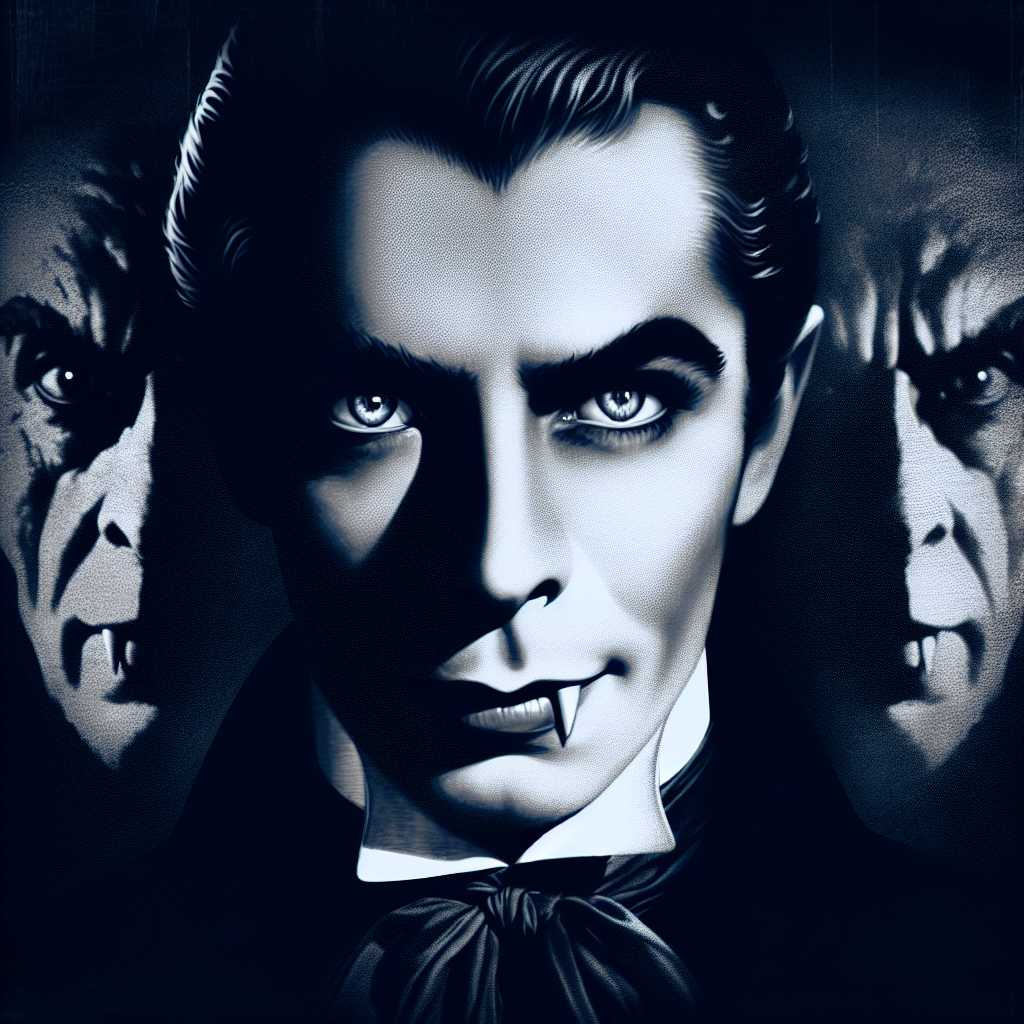The Cinematic Legacy of Nosferatu: A Silent Horror Pioneer
Nosferatu is not just the name of an iconic vampire character; it’s a seminal film that has had a deep and lasting influence on the horror genre and cinematic storytelling. Directed by F. W. Murnau and released in 1922, “Nosferatu: Eine Symphonie des Grauens” (translated as “Nosferatu: A Symphony of Horror”) is held as one of the most prominent silent films and the earliest surviving examples of a feature-length vampire movie.
Origins and Production of Nosferatu
Inspired by Dracula
Although not an authorized adaptation of Bram Stoker’s 1897 novel “Dracula” due to legal reasons, “Nosferatu” draws heavily from the book’s narrative and characters, yet it deviates enough to be considered its own piece. Max Schreck’s portrayal of Count Orlok, the Nosferatu, stands distinctively apart from the suave version of Dracula which later became prominent in subsequent adaptations of Stoker’s novel.
An Unauthorized Interpretation
The production company, Prana Film, decided to proceed with the film without securing rights from Stoker’s estate, resulting in significant legal issues after its release. As a consequence, the names and other details were altered: “Count Dracula” became “Count Orlok”, and “vampires” were referred to as “Nosferatu”.
Filming Techniques and Style
Murnau’s direction utilized expressionistic techniques to create a sense of dread and macabre. The exaggerated makeup, stark shadows, and deliberate camera angles all feed into the chilling atmosphere that has defined “Nosferatu”.
Impact on Horror and Filmmaking
Groundbreaking Visuals in Cinema
While silent, the film was massively effective in its use of visual storytelling. The nightmarish visuals were innovative at the time, employing techniques like fast-motion, negative images, and unusual stop-motion footage to suggest supernatural occurrences. These methods would go on to influence both horror films and the wider cinema landscape.
Symbolism and Social Themes
Even beyond technical innovation, “Nosferatu” deals with themes that resonate with socio-political undertones, such as fear of the unknown and the association between disease (in this case vampirism) and foreigners—a reflection of post-World War I anxiety in Germany.
The Iconic Count Orlok
Max Schreck’s Count Orlok remains one of the most iconic figures in horror cinema. His disturbing appearance and mannerisms differ from typical representations of vampires as charismatic aristocrats. Orlok’s elongated shadow reaching out towards his victim is one of cinema’s most haunting images.
Nosferatu’s Influence on Modern Cinema and Culture
Cult Status and Influence on Popular Culture
“Nosferatu” quickly gained cult status for its seminal role in developing horror film tropes, inspiring countless works within the genre. It is regularly paid homage in other films, television series, books, and even video games.
Legacy in Film History
This movie takes a pivotal place in film history for demonstrating how intellectual property rights are enforced and protected in filmmainal. Its various remakes serve both to keep the story alive for new generations and as an acknowledgment of its foundational role in genre filmmaking.
Revival and Restorations
Due to its age and historical significance, “Nosferatu” has been subjected to numerous restoration efforts over the years to preserve it for posterity. The restored versions allow modern audiences to appreciate this pioneering piece as closely as possible to its original presentation.
Notes
Image Description: A chilling promotional image for “Nosferatu”, featuring Max Schreck as Count Orlok with eyes intently staring forward amidst sinister shadows, exemplifying the film’s haunting visual style and gothic atmosphere.
